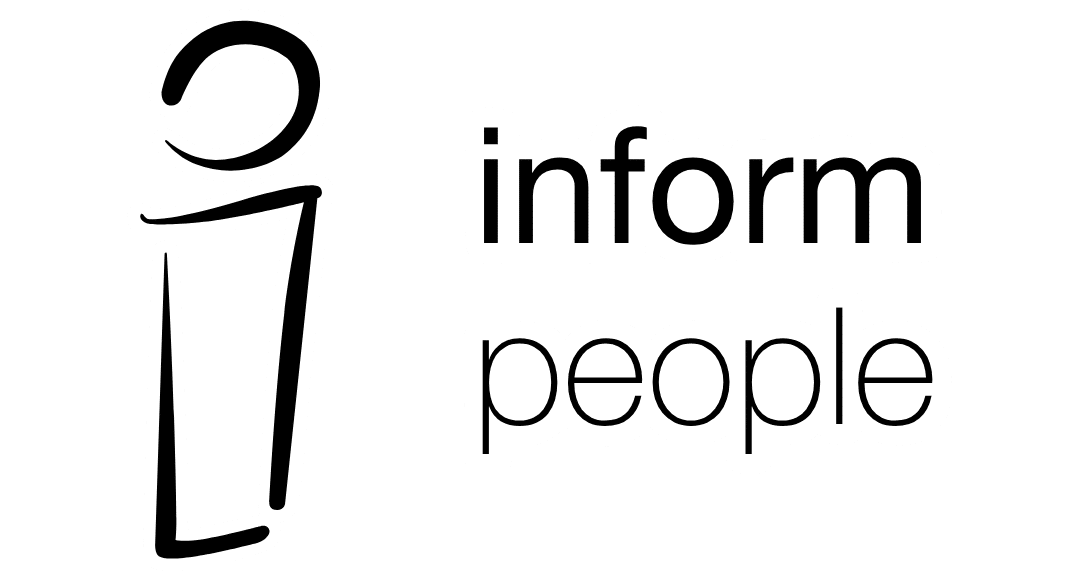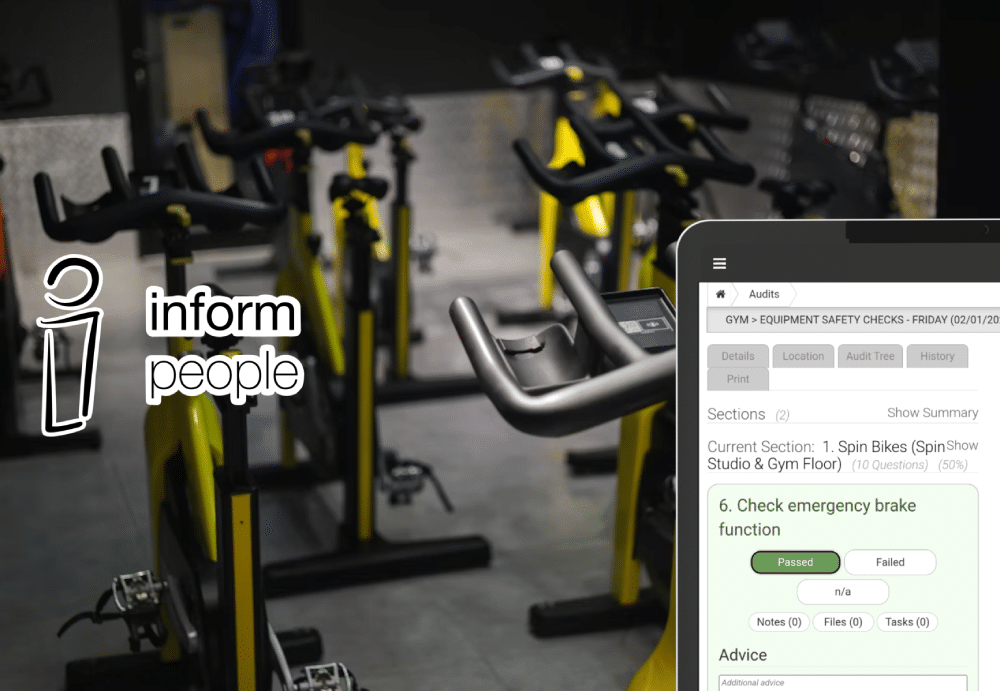Safety experts may see the relevance of a safety audit from several angles. Some see it as only a legal necessity, while others consider it a significant indicator of operational safety. As an enterprise, you must follow the government’s regulations and laws to protect your employees and your organisation.
Safety audits are a fundamental step in recording, evaluating, registering, and reporting operational and management data to ensure that all your facilities, equipment, and processes are following government regulations and the entire health and safety management system.
Whatever the rationale for an audit, organisations that undertake audits are better prepared to spot potential safety hazards before they become problems. An audit may also be a catalyst for making the required adjustments to enhance employee safety. This article explains the principal types of safety audits you need to know about.
What are Safety Audits, and what is the need for them?
A safety audit is a comprehensive assessment and evaluation of how business operations comply with health and safety standards. It helps companies evaluate and optimise their health and safety initiatives and improve safety management.
While safety audits assess and evaluate whether safety programmes and procedures meet the organisation’s objectives, safety inspections are periodic inspections that check for dangers, risks, and other concerns that may prohibit an organisation from functioning correctly.
Safety audits aim to determine if the organisation complies with safety regulations and discover flaws and weaknesses in its safety plans and procedures. A safety audit finds various degrees of risk in all company sectors. Safety audits will help to make the workplace safer and improve the organisation’s health and safety policies.
Types of Safety Audits
An HSE audit helps in identifying red flags before a serious catastrophe develops. There are three safety audits for analysing the safety system in any company or organisation. They are distinguished by their scope, which is as follows:
Compliance audits
This is the most fundamental type of safety audit. Compliance audits focus on whether your organisation follows the safety standards outlined in its regulations, procedures, guidelines, and any relevant obligations. The government’s regulations are critical in creating the standards.
The compliance audit evaluates whether the workplace is safe and free of hazards. Steps should be taken to reduce the incidence of risky activities in the organisation.
Programme audits
The person conducting such audits should be aware of programme audits, which concentrate on implementing programmes to ensure safe operating practices. It could also include recording any unexpected incidents, analysing the fundamental reasons, and then adjusting to current procedures.
In non-scientific terms, programme auditing determines if an organisation’s strategy is being implemented and its policies are being followed. Exposure to risk should be reduced, and the approach for assessing any hazards should be standardised and well described.
Management system audits
An overall system audit keeps track of the programme and compliance audits. It is the last phase in the audit process to assess the risk control methods and ensure adequate safety compliance. It is considered an integrated audit procedure that validates whether the safety programmes are consistent with the company’s practices and goals. It provides an overview of the audit programme.
How to Conduct an effortless Safety Audit?
Every organisation should undertake workplace safety audits regularly. This assessment is critical to ensuring that the workplace is safe and prepared to address any hazardous occurrences that may arise.
The measures outlined below are critical for conducting successful workplace safety audits.
1. Identify and prepare for the audit
- Inform all managers and leaders before performing the safety audit so that all essential paperwork, data, and procedures are easily accessible when the audit starts.
- Examine previous audits, their corrective action suggestions, and the legal and training requirements for the particular programmes or sectors to be examined.
- Determine the audit’s scope.
- Establish a timetable for performing the audit.
2. Primary investigation and fact-finding
To guarantee that all relevant information is gathered during auditing, assign tasks to each member of the team and explicitly describe the area they will be reviewing.
Audits should be divided into the following categories:
- Employee competence.
- Written programme evaluation (to evaluate the company’s programme, hazard detection, control, record keeping, and employee training).
- Management of programmes (to check the implementation and management of specific programme requirements).
- Review the records and documentation (to check for missing or incomplete documents or records).
- Material and equipment (to determine their applicability in controlling hazards for the specific program).
- Walkthrough of the general area.
3. Collect Data and Review the Findings
Combine all of the data collected to create a concise report. The following basic questions should be prioritised:
- Is the programme designed to meet all regulatory and best industry practices requirements?
- Are the program’s criteria met?
- Is there documentation proving compliance?
- Is employee development training effective?
4. Make Recommendations Based on the Data Obtained
- Create suggested actions for each issue identified.
- Using the hazard control structure, prioritise the risk controls.
5. Publish the Audit Results
- Make accessible to all leaders and managers the fundamental findings and suggestions of the safety audit.
- It is also essential to consider whether those departments are carrying out their obligations effectively.
Have a Safety Audit Performed by an Expert?
Audits are essential for establishing consistency in safety management systems. We can conclude that an effective health and safety system and compliance management software helps in insight monitoring.
Ensuring that safety audit standards are met becomes much easier using Inform People’s compliance and performance management software. Inform People allows safety auditors to test and verify a workplace’s compliance status more conveniently and efficiently.
In addition to capturing all relevant HSE regulations, the software essentially allows auditors to create checklists tailored to the audit site and scope, stores copies of all audits to capitalise on past results, facilitates training for auditors to perform audits, use custom protocols, manage audit data, and create corrective action plans.
Every important step and feature of a workplace safety audit may be improved using compliance and performance management software from Inform People, from planning to auditing to data analysis and application.
Contact us today for more information on how an effective audit can help your organisation.




